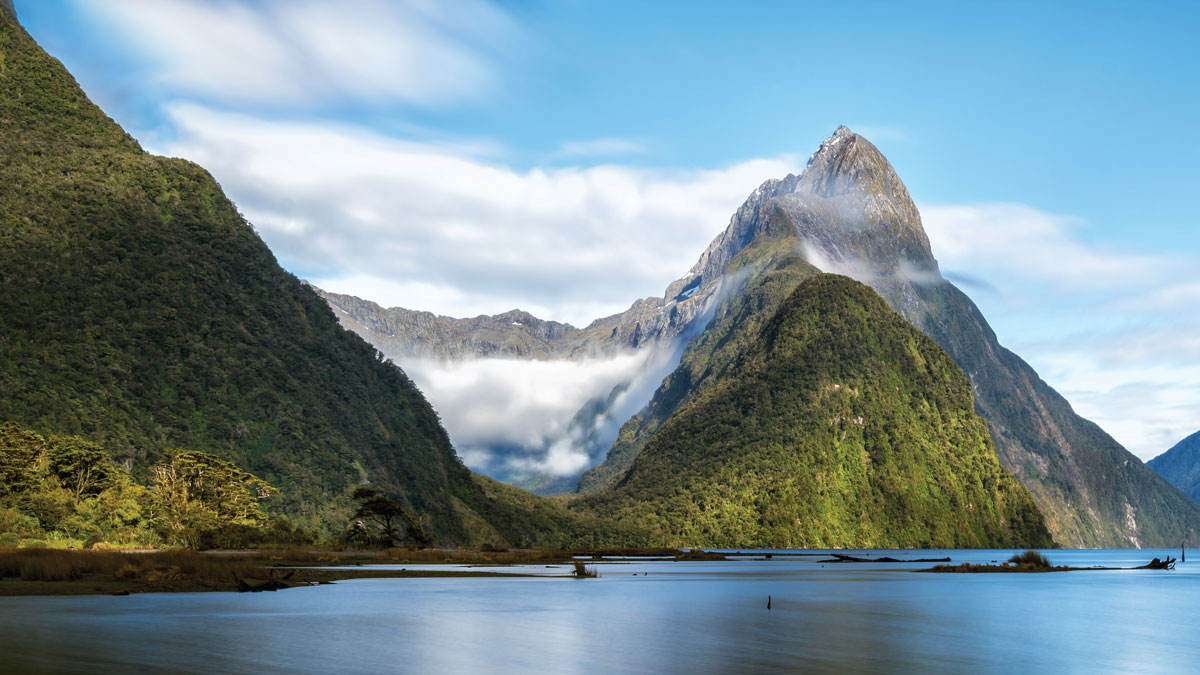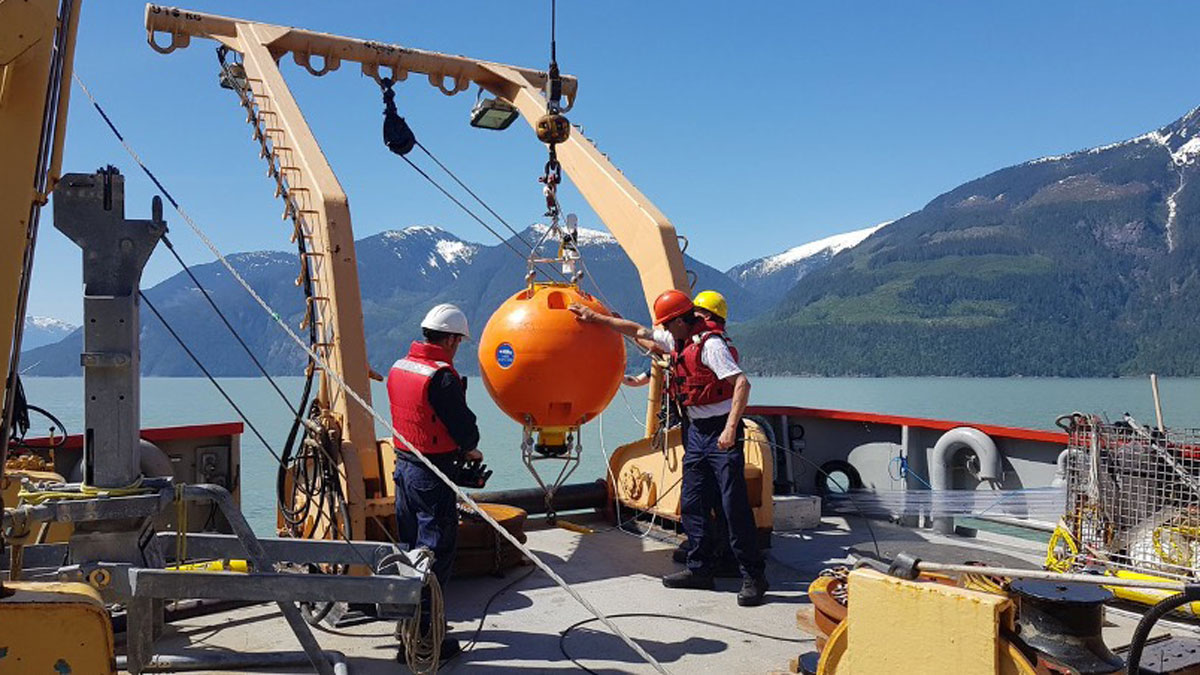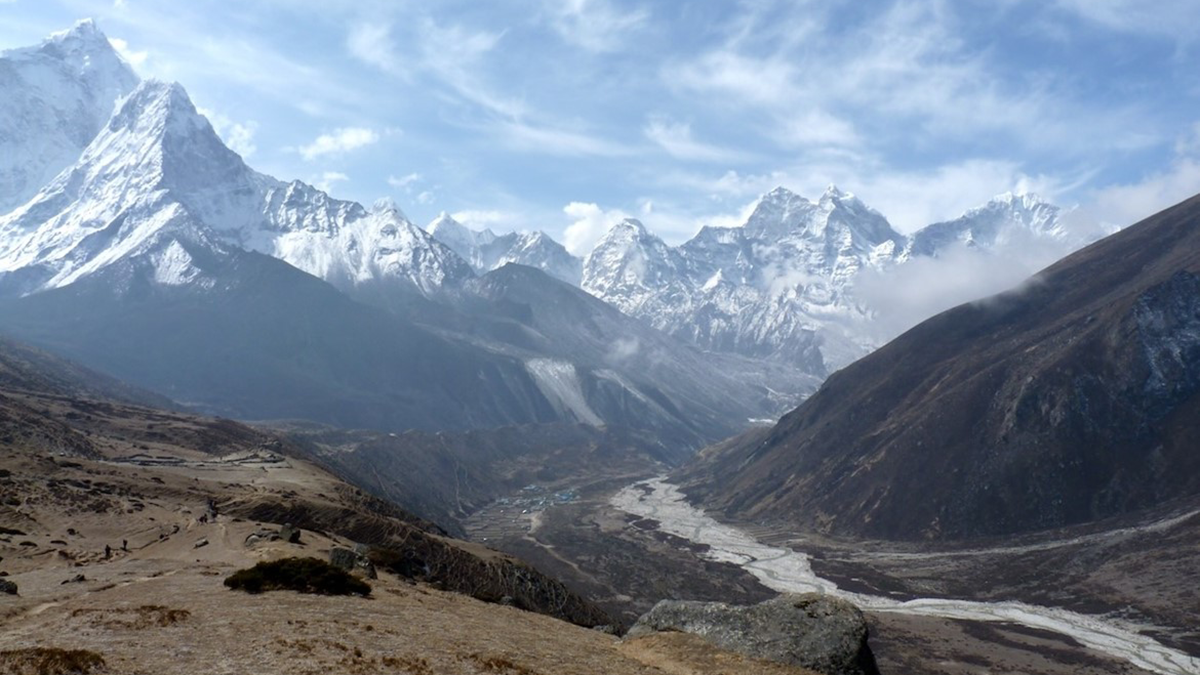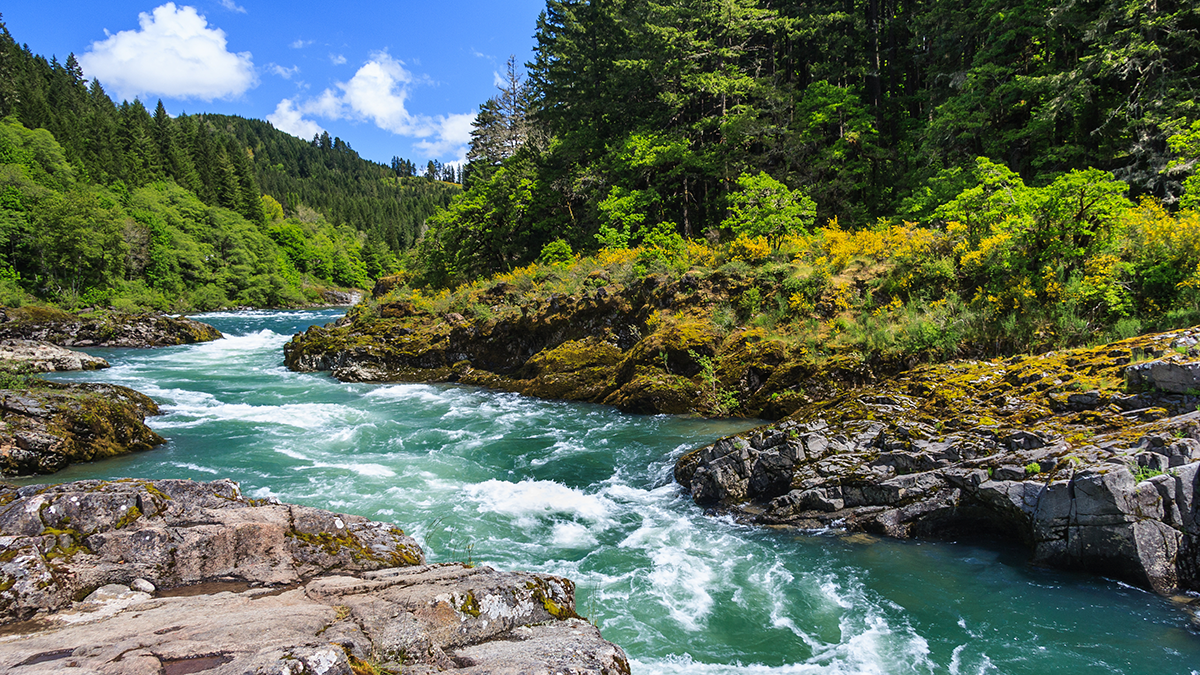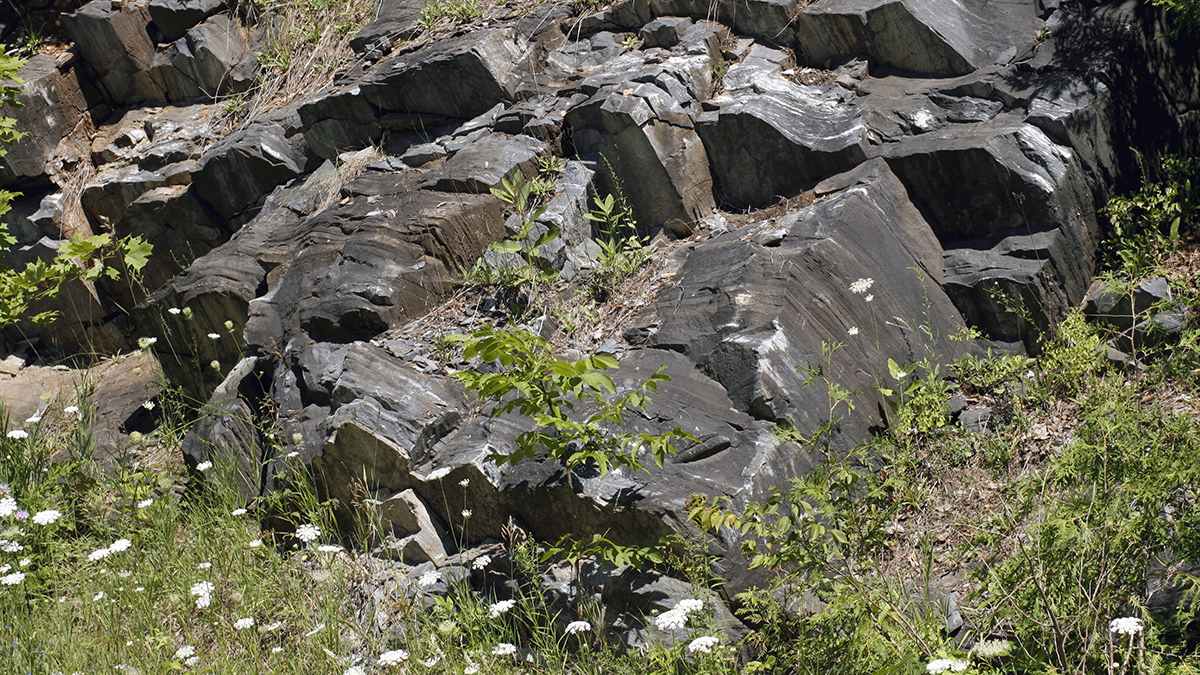沉积物中的地球化学标记,包括来自人类和动物粪便的有机分子,帮助科学家们追寻吐蕃帝国的兴衰。
sediments
Earth’s Eighth Continent
Our October issue digs deep into the rich Earth science in and around Aotearoa New Zealand.
Scientists Are “Gobsmacked” by the Variability of Seafloor Currents
The speed and direction of deep currents off Mozambique’s coast are more subject to change than scientists expected.
Sediment Dampens the Impact of Glaciation on Cenozoic Denudation
Rates of continental-scale sediment flux and denudation are similar between glacial and interglacial periods when the aggradation of glacier-eroded sediment inhibits fluvial erosion downstream.
5,000-Year-Old Copper Pollution Found near the Pyramids
New geoarchaeological research shows that metalworking in ancient Egypt led to significant contamination in a nearby port.
Hungry Stingrays Shift Serious Amounts of Sediment
While digging for food on estuary bottoms, rays push around literally tons of sediment, changing their habitat in profound ways.
As the River Flows the Colors Sparkle
Diving into the science behind river color and its relationship with flow.
Sedimentos radiactivos podrían haber construido los cratones de la Tierra
La meteorización de los primeros continentes podría haber puesto en marcha la formación de cratones, las raíces inmutables de los continentes.
Microbes Likely Form Magnetite in the South China Sea
Researchers sampled sediment cores and found that where magnetite was abundant, methane-producing bacteria were as well.


